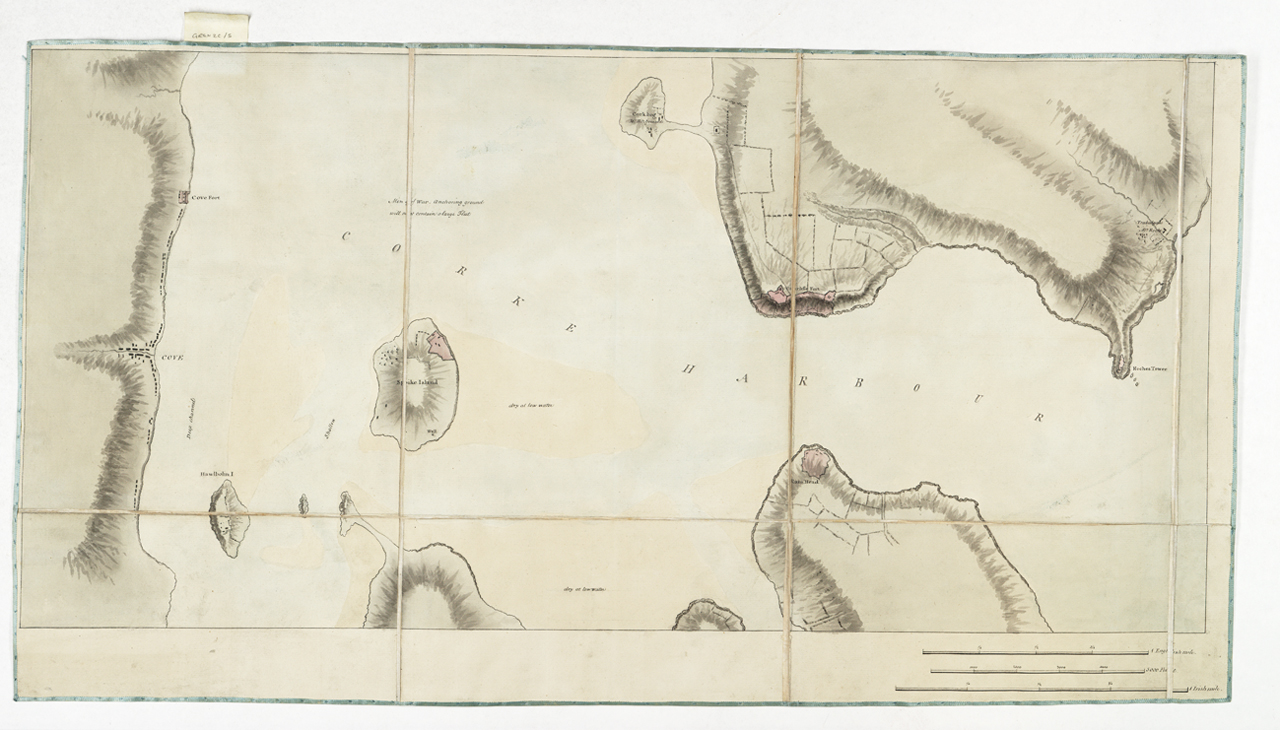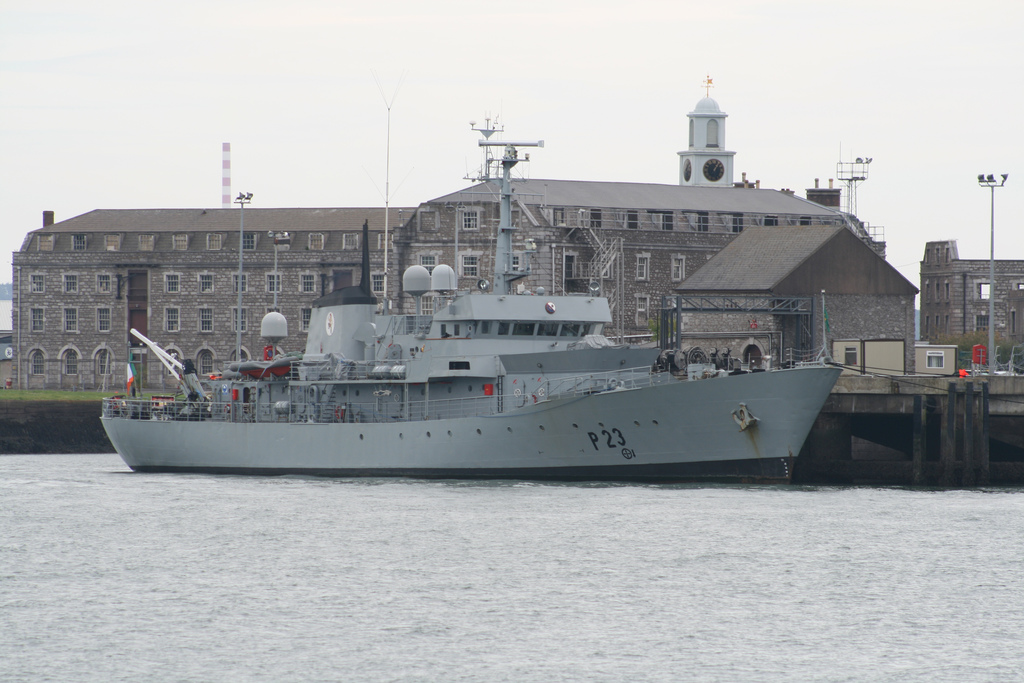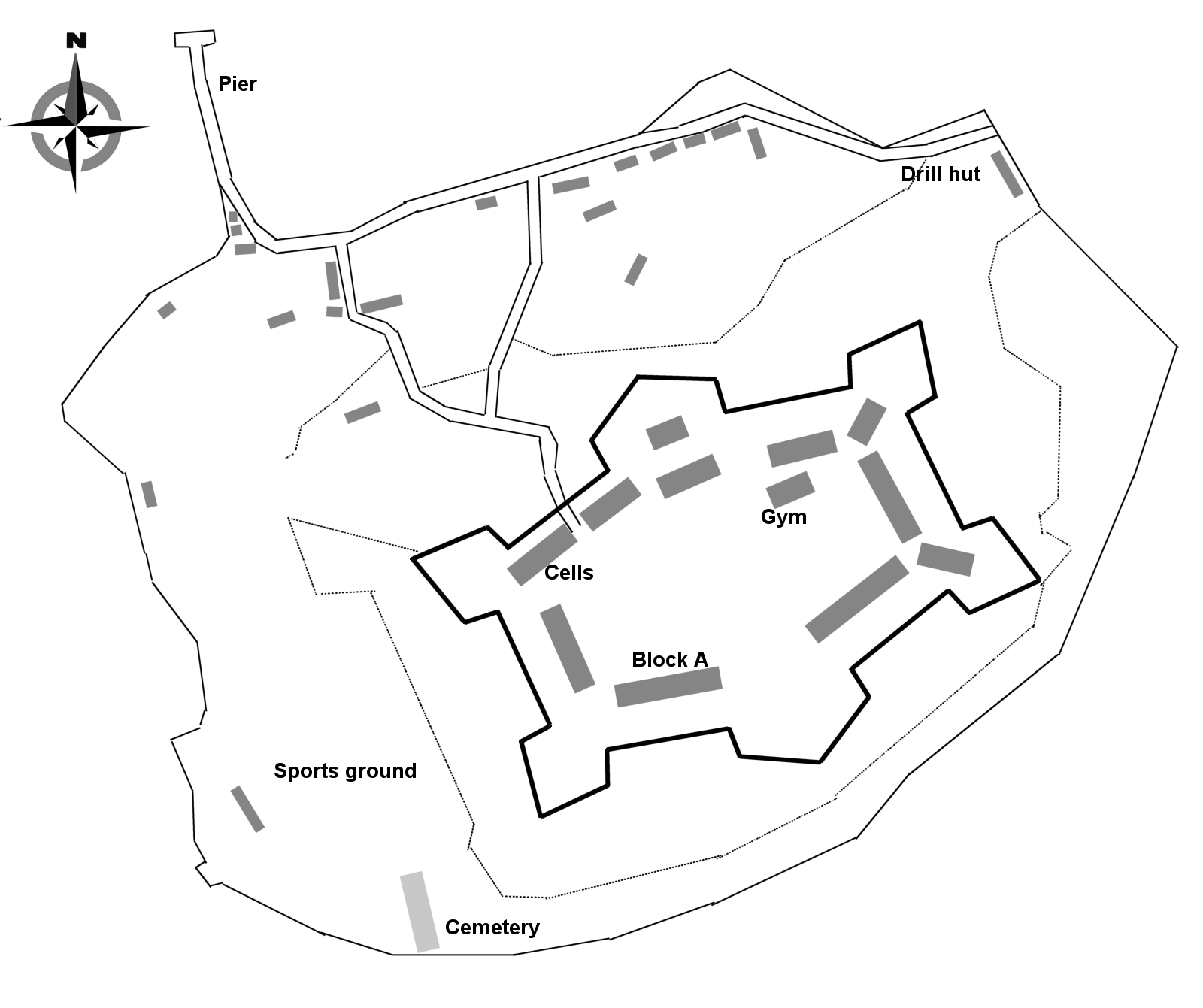|
Cork Harbour
Cork Harbour () is a natural harbour and river estuary at the mouth of the River Lee in County Cork, Ireland. It is one of several which lay claim to the title of "second largest natural harbour in the world by navigational area" (after Port Jackson, Sydney). Other contenders include Halifax Harbour in Canada, Trincomalee Harbour in Sri Lanka and Poole Harbour in England. The harbour has been a working port and a strategic defensive hub for centuries, and it has been one of Ireland's major employment hubs since the early 1900s. Traditional heavy industries have waned since the late 20th century, with the likes of the closure of Irish Steel in Haulbowline and shipbuilding at Verolme. It still has strategic significance in energy generation, shipping, refining and pharmaceuticals development. Geography The main tributary to the harbour is the River Lee which, after flowing through Cork city, passes through the upper harbour (Lough Mahon) in the northwest before passing to the we ... [...More Info...] [...Related Items...] OR: [Wikipedia] [Google] [Baidu] |
Haulbowline
Haulbowline ( ga, Inis Sionnach; non, Ál-boling) is an island in Cork Harbour off the coast of Ireland. The world's first yacht club was founded on Haulbowline in 1720. The western side of the island is the main naval base and headquarters for the Irish Naval Service, with the eastern side previously used for heavy industry and later redeveloped as a park. Since 1966 the island has been connected to the mainland by a roadbridge. Etymology The island's name may derive from Old Norse ''ál-boling'' or similar = "eel dwelling" ("area where there are conger eels"). The 17th and 18th-century spellings end in "-ing"; there may have been nautical influence on the spelling later. The Irish language name for the island, ''Inis Sionnach'', translates to "island of the foxes". Demographics Naval history At a strategic and deepwater position in the harbour, the island has long been a military base. The island was first fortified in 1602, and initially an important base for the Briti ... [...More Info...] [...Related Items...] OR: [Wikipedia] [Google] [Baidu] |
Crosshaven
Crosshaven () is a village in County Cork, Ireland. It is located in lower Cork Harbour at the mouth of the River Owenabue, across from Currabinny Wood. Originally a fishing village, from the 19th century, the economy of the area became more reliant on a growing tourism industry. Name The modern Irish name for Crosshaven village is ''Bun an Tábhairne''. While some sources link the word ''tábhairne'' to the English word "tavern", other sources suggest that it is a corruption of ''"tSabhairne"'' a grammatical form of the word "Sabhrann" the name of a local river. ''Bun'' refers to "river mouth" when in reference to placenames. Therefore, the name is potentially translated to ''"The Mouth of the River Sabhrann"''. The old Irish name for the east side of the village was ''Cros tSeáin'' or "John's Cross", from which the English name derives. John's Cross refers to the Norman castle built around Castle point. History Crosshaven was originally a Viking settlement, part of what was k ... [...More Info...] [...Related Items...] OR: [Wikipedia] [Google] [Baidu] |
Irish Examiner
The ''Irish Examiner'', formerly ''The Cork Examiner'' and then ''The Examiner'', is an Irish national daily newspaper which primarily circulates in the Munster region surrounding its base in Cork, though it is available throughout the country. History 19th and early 20th centuries The paper was founded by John Francis Maguire under the title ''The Cork Examiner'' in 1841 in support of the Catholic Emancipation and tenant rights work of Daniel O'Connell. Historical copies of ''The Cork Examiner'', dating back to 1841, are available to search and view in digitised form at the Irish Newspaper Archives website and British Newspaper Archive. During the Irish War of Independence and Irish Civil War, the ''Cork Examiner'' (along with other nationalist newspapers) was subject to censorship and suppression. At the time of the Spanish Civil War, the ''Cork Examiner'' reportedly took a strongly pro-Franco tone in its coverage of the conflict. As of the early to mid-20th century, th ... [...More Info...] [...Related Items...] OR: [Wikipedia] [Google] [Baidu] |
Weir Island
A weir or low head dam is a barrier across the width of a river that alters the flow characteristics of water and usually results in a change in the height of the river level. Weirs are also used to control the flow of water for outlets of lakes, ponds, and reservoirs. There are many weir designs, but commonly water flows freely over the top of the weir crest before cascading down to a lower level. Etymology There is no single definition as to what constitutes a weir and one English dictionary simply defines a weir as a small dam, likely originating from Middle English ''were'', Old English ''wer'', derivative of root of ''werian,'' meaning "to defend, dam". Function Commonly, weirs are used to prevent flooding, measure water discharge, and help render rivers more navigable by boat. In some locations, the terms dam and weir are synonymous, but normally there is a clear distinction made between the structures. Usually, a dam is designed specifically to impound water behind ... [...More Info...] [...Related Items...] OR: [Wikipedia] [Google] [Baidu] |
Hop Island, County Cork
A hop is a type of jump. Hop or hops may also refer to: Arts and entertainment * ''Hop'' (film), a 2011 film * Hop! Channel, an Israeli TV channel * ''House of Payne'', or ''HOP'', an American sitcom * Lindy Hop, a swing dance of the 1920s and 1930s * Sock hop, an informal gathering which includes dancing * Hop Harrigan, a character in American comic books, radio serials and film serials from 1939 into the 1940s * Hop, a character from ''Pokémon Sword and Shield'' People * Hop Bartlett, American baseball pitcher in the Negro leagues in 1924 and 1925 * Hop Wilson (1921–1975), American Texas blues steel guitar player Places * Hop River, Connecticut, United States * Hop Creek, South Dakota, United States * Hóp (Iceland), a lake * Hóp, a Viking settlement in Vinland Plants * ''Humulus lupulus'', the hop plant ** Hops, its flower, used to prepare beer and other food Science and medicine * HOP (gene), encoding the homeodomain-only protein * Hop (protein), the Hsp70-Hsp90 ... [...More Info...] [...Related Items...] OR: [Wikipedia] [Google] [Baidu] |
Spike Island, County Cork
Spike Island ( gle, Inis Píc) is an island of in Cork Harbour, Ireland. Originally the site of a monastic settlement, the island is dominated by an 18th-century bastion fort now named Fort Mitchel. The island's strategic location within the harbour meant it was used at times for defence and as a prison. Since the early 21st century the island has been developed as a heritage tourist attraction, with €5.5 million investment in exhibition and visitor spaces and accompanying tourism marketing. There were in excess of 81,000 visitors to the island during 2019, a 21% increase on 2018 numbers. Spike Island was named top European tourist attraction at the 2017 World Travel Awards. History Early history The principal evidence for a monastic foundation on Spike Island comes from Archdall's ''Moanasticon Hibernicum'', which states that Saint Mochuada founded a monastery there in the 7th century. While this may be correct, another passage from the "Life of St Mochuada" implies ... [...More Info...] [...Related Items...] OR: [Wikipedia] [Google] [Baidu] |
Irish Naval Service
The Naval Service ( ga, An tSeirbhís Chabhlaigh) is the maritime component of the Defence Forces of Ireland and is one of the three branches of the Irish Defence Forces. Its base is in Haulbowline, County Cork. Though preceded by earlier maritime defence organisations, the Naval Service was formed in 1946. Since the 1970s a major role of the Naval Service has been the provision of fisheries protection in Ireland's exclusive economic zone (EEZ). Other roles include sea patrol, surveillance, and smuggling prevention. Occasionally the service undertakes longer missions in support of other elements of the Defence Forces, Irish peacekeepers serving with the United Nations, or humanitarian and trade missions. From July 2017 the Naval Service has participated in the European External Action Service mission which focuses a number of EU navies on humanitarian and training roles in the Mediterranean. This mission entitled "EU Navfor Med" is the first time Ireland has taken part in a m ... [...More Info...] [...Related Items...] OR: [Wikipedia] [Google] [Baidu] |
Little Island, Cork
Little Island, County Cork, is a civil parish and mainly industrial area to the east of Cork city in Ireland. It is no longer an island, since the northern channel separating it from the mainland has filled over. To the west and south is Lough Mahon, part of Cork Harbour; across a channel to the east is Fota Island. Little Island is within the Dáil constituency of Cork North-Central. History The parish of Little Island dates to the seventh century, and tidal mills have been excavated dating to c. 630 AD. By the fourteenth century the parish was known as ''De Insula'', meaning "of the island". Henry Purdon, MP for Charleville, lived here in the eighteenth century. The current Church of Ireland parish church was built in 1865 in the Gothic Revival style. A limestone quarry on Little Island was the source of thousands of tons of limestone annually, which were used in the construction of public buildings nationally, including Cork's City Hall and Holy Trinity Church. Ancient p ... [...More Info...] [...Related Items...] OR: [Wikipedia] [Google] [Baidu] |
Fota Wildlife Park
Fota Wildlife Park is a wildlife park located on Fota Island, near Carrigtwohill, County Cork, Ireland. Opened in 1983, it is an independently funded, not-for-profit charity that is one of the leading tourism, wildlife and conservation attractions in Ireland. The park had an attendance of 455,559 visitors in 2017, making it the eleventh most popular paid attraction in Ireland for that year. The park is home to nearly 30 mammal and 50 bird species. Some of the animals roam freely with the visitors, such as the ring-tailed lemurs and wallabies, while larger animals, including the giraffe and bison, live in paddocks with barriers that are intended to be unobtrusive for visitors to view the animals in a more natural environment. Fota Wildlife Park also has red pandas, tapirs, siamang gibbons and other types of animals. History and development Foundation Fota Island was the former home of the Smith-Barry family, descendants of Normans who came to Ireland in the 12th century. While ... [...More Info...] [...Related Items...] OR: [Wikipedia] [Google] [Baidu] |
Fota Island
Fota (statutory spelling Foaty; ga, Fóite) is an island in Cork Harbour, Ireland, just north of the larger island of Great Island. Fota Island is host to Ireland's only wildlife park – as well as the historical Fota House and gardens and golf course owned by the "Fota Island Golf Club and Resort". The island comprises two townlands both called Foaty: one each in the civil parishes of Clonmel (the western half of Great Island) and Carrigtohill (on the mainland). Name Although ''Foaty'' is the spelling fixed in the nineteenth century by the Ordnance Survey of Ireland, ''Fota'' is now more common. The origin of the name is uncertain. It may be of Hiberno-Norse origin, with second element Old Norse "island"; Donnchadh Ó Corráin suggests "foot island", from its position at the mouth of the River Lee down from Cork city; some medieval references have an ''-r-'' in the name. Ó Corráin is sceptical of proposed Gaelic etymologies, "sod house", "warm sod", and "decayed/with ... [...More Info...] [...Related Items...] OR: [Wikipedia] [Google] [Baidu] |
Cobh
Cobh ( ,), known from 1849 until 1920 as Queenstown, is a seaport town on the south coast of County Cork, Ireland. With a population of around 13,000 inhabitants, Cobh is on the south side of Great Island in Cork Harbour and home to Ireland's only dedicated cruise terminal. Tourism in the area draws on the maritime and emigration legacy of the town. Facing the town are Spike and Haulbowline islands. On a high point in the town stands St Colman's, the cathedral church of the Roman Catholic Diocese of Cloyne. It is one of the tallest buildings in Ireland, standing at 91.4 metres (300 ft). Name The village, on the island, was known as "Ballyvoloon", a transliteration of the Irish "Baile Ui-Mhaoileoin" (en: "O'Malone's place"), while the Royal Navy port, established in the 1750's, became known as "The Cove of Cork" or "Cove". The combined conurbation was renamed to "Queenstown", in 1849, during a visit by Queen Victoria. The name was changed to ''Cobh'', during the Irish War o ... [...More Info...] [...Related Items...] OR: [Wikipedia] [Google] [Baidu] |



.jpg)

.jpg)

